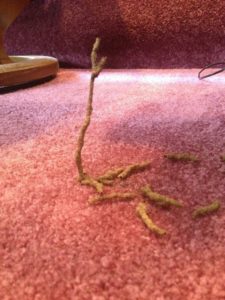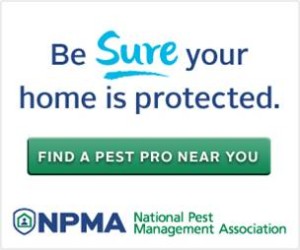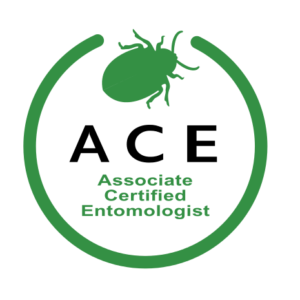Bug Control
So at this point if you have read any of my previous posts, you know I’m a BIG fan of IPM and Schools should really be using this program. So how do I investigate before I propose for a bug control service.
- I always check with the customer, what are they seeing, how many and when are they seeing them?
- Then I preform an inspection.
- I carry a flashlight, mirrors and tools so I can get into areas and under things like sheds etc.
- Transfer my notes to proposal sheet.
- Discuss options with the owner.
- Is it insect pest or rodents, could be an issue outside with the shed or honeybees on exterior of home.
- If it is rodents discuss what rodent stations look like and how they work, snap traps may also be involved.
- I usually draw a graph, mandatory with termite but also good on pigeon work that needs to be done.
I have run into some problems especially in the Sun City, Surprise area of some Pest Control companies that either don’t issue a proposal before the work and/or jack up prices as they arrive to do the work. ProBest Pest Management doesn’t condone jacking up pricing – we will always issue a pest estimate on any work other than the typical pest control service. 480-831-9328 or 623-414-0176









